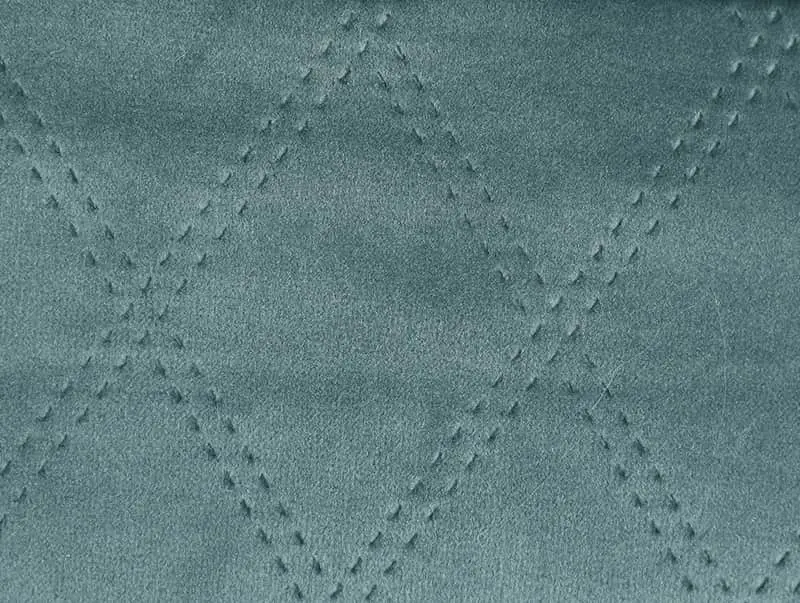The tactile qualities of upholstery fabrics, whether natural or synthetic, play a significant role in influencing user perception and comfort. Here's how:
Natural Upholstery Fabrics:
Softness: Fabrics like cotton, linen, and wool are known for their soft and inviting feel. When upholstered on furniture, they provide a gentle and luxurious sensation to the touch, enhancing comfort and relaxation.
Breathability: Natural fibers have inherent breathability, allowing air to pass through the fabric. This breathability creates a comfortable environment by preventing heat and moisture buildup, promoting a cool and dry feel against the skin.
Texture: Natural upholstery fabrics often have unique textures, such as the smoothness of silk, the crispness of linen, or the plushness of velvet. These textures add depth and interest to furniture pieces, contributing to a tactile experience that users find appealing and comforting.
Warmth: Fabrics like wool and velvet have excellent insulating properties, providing warmth and coziness during colder seasons. This warmth adds to the overall comfort level, making the furniture more inviting and enjoyable to use.

Synthetic Upholstery Fabrics:
Smoothness: Synthetic fabrics such as polyester and nylon often have a smooth and sleek texture. This smoothness creates a pleasant tactile sensation, with a silky or satin-like feel that users find comfortable and soothing.
Durability: Many synthetic fabrics are engineered to be durable and resilient, with a consistent texture that withstands wear and tear over time. This durability contributes to long-term comfort, ensuring that the fabric maintains its tactile qualities even with frequent use.
Stain Resistance: Synthetic upholstery fabrics are often treated to be stain-resistant, repelling liquids and preventing stains from setting in. This stain resistance enhances comfort by reducing the worry of spills and accidents, allowing users to relax and enjoy their furniture without fear of damage.
Versatility: Synthetic fabrics offer a wide range of textures and finishes, from sleek and glossy to textured and matte. This versatility allows users to choose fabrics that suit their preferences and complement their decor, enhancing the overall comfort and aesthetic appeal of the furniture.
User Perception and Comfort:
Personal Preference: Users may have different preferences when it comes to tactile sensations, with some preferring the softness and warmth of natural fabrics, while others prefer the smoothness and durability of synthetics.
Psychological Comfort: The tactile qualities of upholstery fabrics can evoke feelings of comfort, luxury, and relaxation, enhancing the overall user experience and creating a sense of well-being.
Aesthetic Appeal: The tactile qualities of upholstery fabrics contribute to the overall aesthetic appeal of furniture, influencing user perception of quality and craftsmanship.
The tactile qualities of both natural and synthetic upholstery fabrics play a crucial role in influencing user perception and comfort. Whether soft and breathable natural fibers or smooth and durable synthetics, the tactile experience of upholstery fabrics contributes to the overall enjoyment and satisfaction of furniture users.











